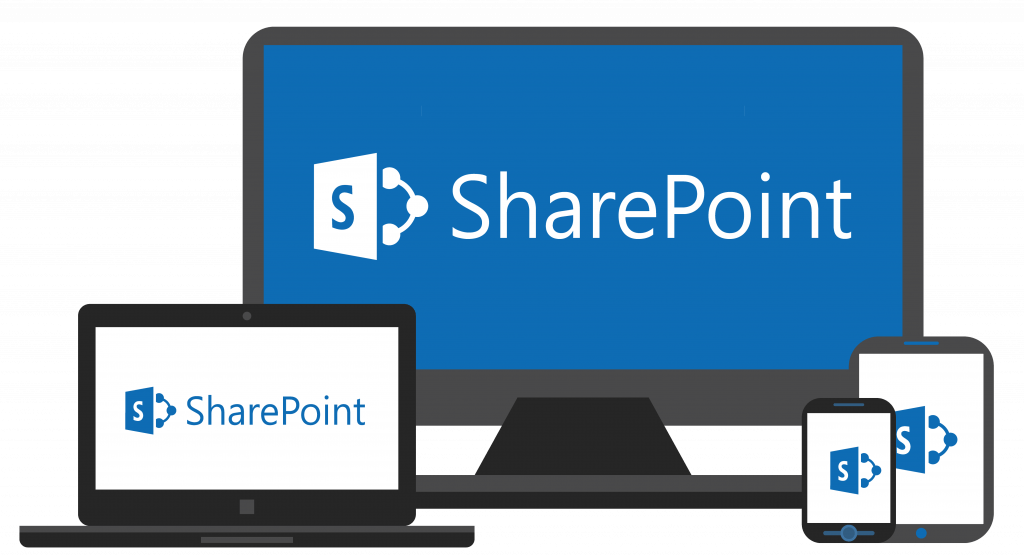6 Ways Utilizing SharePoint for Document Management Drives Productivity

Looking for an effective SharePoint document management tool? Learn more about DocAve Administrator!
Want to learn more about SharePoint? Check out related posts:
- How Does SharePoint Work?
- Learn SharePoint Basics
- How to Master SharePoint Management
- 7 Helpful Office 365, SharePoint Customization Best Practices
- 4 Essential Content Management Tips for SharePoint Online
If you’ve held a job with a medium to large-sized company, chances are you’ve heard of SharePoint. What you might not know, though, is that SharePoint is so much more than a corporate intranet. In addition to holding documents needed for company knowledge management, it also speeds up collaboration, learning, and discovery for companies worldwide. Below are just some of the ways SharePoint can drive productivity for your organization.
1. SharePoint speeds up collaboration!
Have you ever collaborated on a file with a group of colleagues by passing it back and forth as an email attachment? What a time that was, huh? What was once considered a reliable way of working together now seems prehistoric in retrospect. SharePoint allows multiple users to edit a file at the same time regardless of if they’re working from a desktop or phone. It also offers version history, so if you do find yourself “playing catch” you’ll know which file is the most up-to-date.
Furthermore, since SharePoint is integrated with the Microsoft stack, most employees will likely already be familiar with it. This employee familiarity will make SharePoint adoption (or the adoption of any piece of software) a more simple and straightforward process. Microsoft’s single sign-on will also prevent lag that could take place by using separate systems.

2. SharePoint speeds up learning and learning drives productivity
Knowledge repositories are great for onboarding employees to new teams. SharePoint allows you to create training videos and organized FAQ sections instead of solely relying on human resources to coach new hires on common business practices and procedures. New hires will be able to quickly find what they need, and you can spend more time where it counts.
3. SharePoint search saves users time
SharePoint search is as simple to use as Google and helps users find what they’re looking for fast without the need to look through folders. There are also a multitude of advanced search options to work with if you need them. Click here for more on advanced SharePoint search.
Looking for a productive document management solution? Check out this post: Click To Tweet4. SharePoint improves corporate agility
SharePoint has come a long way since it first launched. Today users can spin up a SharePoint site in a matter of seconds that’ll help fulfill the needs of their teams (though letting end users create SharePoint sites without proper governance may not be in the best interests of an organization). The agility this feature brings to organizational teams can’t be beat, and is especially great for companies that need to collaborate and evolve quickly!
5. SharePoint keeps departments and groups on the same page
SharePoint and Office 365 groups go hand in hand. When a department creates a new Office 365 Group it also creates an accompanying Microsoft Team, SharePoint site, OneNote, shared mailbox and more. SharePoint helps interdepartmental groups stay organized by placing documents that get passed back and forth in Microsoft Teams chats into the same file repository. This makes it easy for users on a team to search for and find the documents they need fast!

6. SharePoint creation, management, and retention can be automated.
We get it. Managing employee documents, intranets, knowledge libraries, and Microsoft Teams-related SharePoint sites can be hard. That’s why third-party solutions can be so useful. Equipping your organization with the right IT tools can ensure that SharePoint creation, management, and retention is streamlined, secure and requires very little effort from Records Administrator and IT staff. Third-party tools can also help you prevent sprawl, retain records, and keep your collaboration sites running smoothly.
Think you might be in need of a third-party records management solution yourself? Click here to try a free trial.



